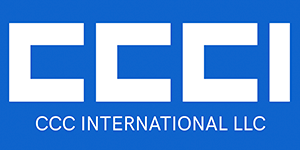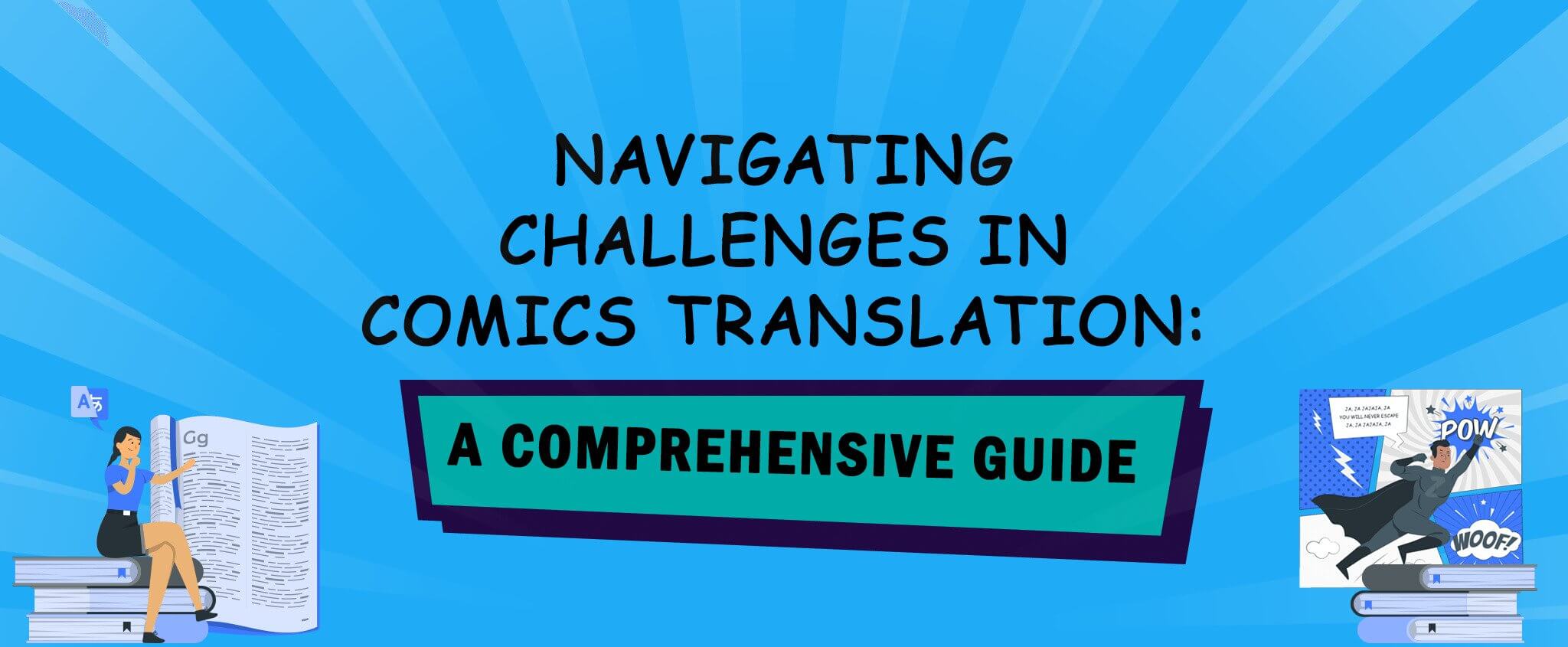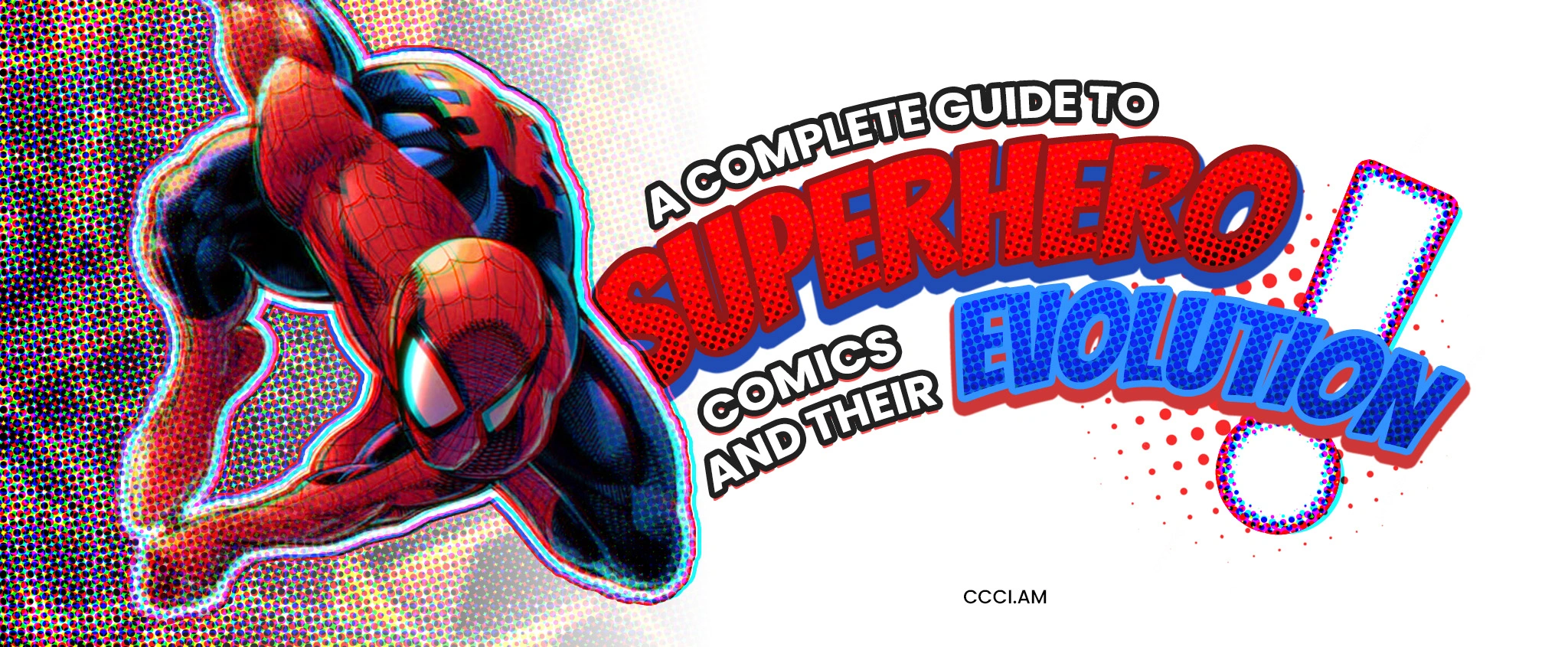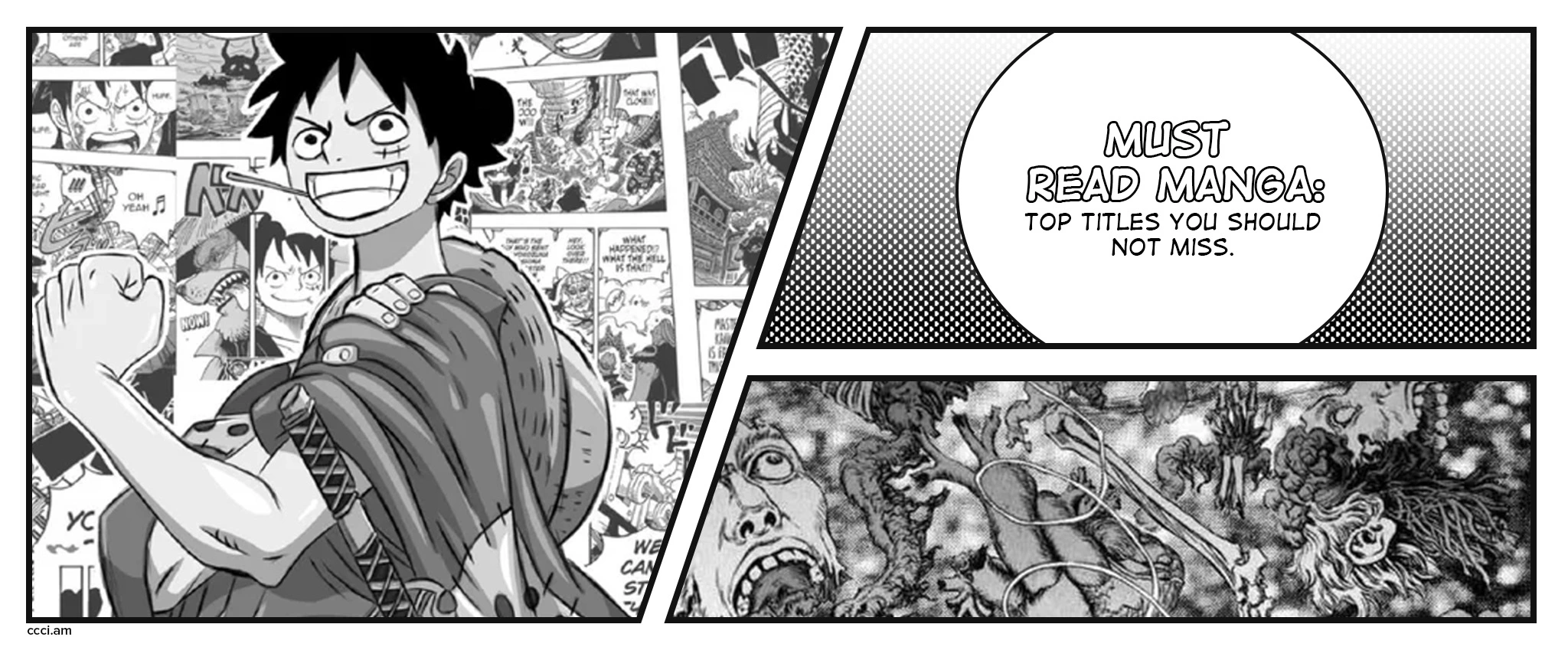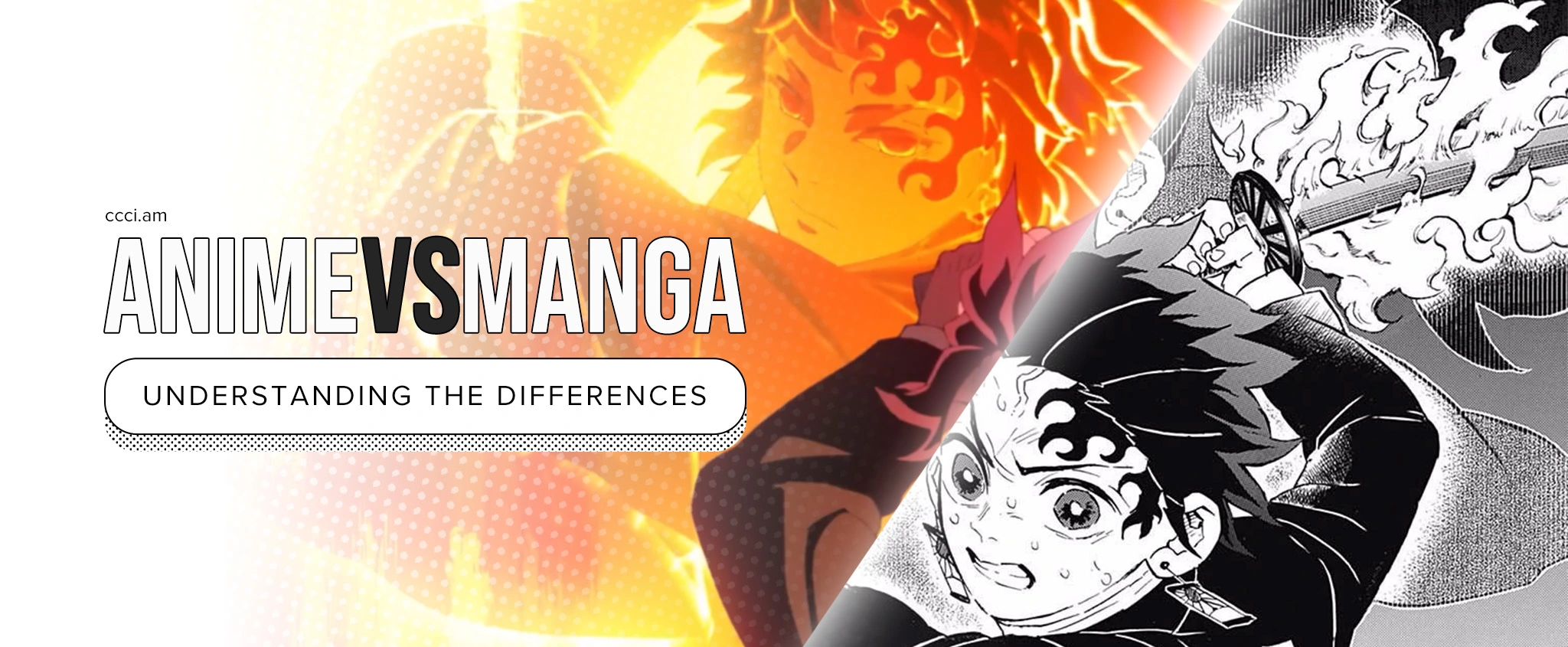Navigating Challenges in Comics Translation: A Comprehensive Guide
The global popularity of comics introduces a complex obstacle: the challenges in comics translation. Comics’ vibrant blend of art and narrative has a universal appeal that transcends age groups and cultures. However, accurate translation is not just about converting words from one language to another. Here’s CCC International’s comic localization guide to help you navigate the challenges and ensure quality assurance in comic translation!
Key Takeaways:
- The challenges in comics translation involve conveying the essence, humor, and cultural nuances embedded in the narrative.
- Quality assurance in comic translation is the most crucial stage in any comic localization guide.
- Investing in professional comics translation services ensures you solve all issues in comic book translation projects.
Table of Contents:
- An Overview of the Comics Industry
- The Comics Translation Process
- What Are the Challenges In Comics Translation?
- How to Solve Issues In Comic Book Translation
- CCCI – Professional Comics Translation Services
An Overview of the Comics Industry
Comics, a unique medium of storytelling that combines visual artwork with narrative text, first originated in the 19th century. Early forms appeared in humorous or satirical prints and newspapers and truly gained popularity in the 1930s with the introduction of comic books.
The success of the comic book industry lies in its ability to effectively blend visual art and narrative, offering an immersive storytelling experience that appeals to a wide audience. Comics transcend language barriers with their visual components, making them accessible to diverse groups of readers.
The medium’s flexibility allows it to adapt to various genres and themes, ensuring its relevance in changing times. Furthermore, the evolution of digital comics has expanded the medium’s reach, enabling instant worldwide distribution and an interactive reading experience.
In 2023, the worldwide comic book industry was worth USD 1.30 billion. The industry has an anticipated growth at a Compound Annual Growth Rate (CAGR) of 4.9% from 2024 to 2032, meaning this sector might reach a substantial value of USD 1.98 billion. Comics translation is pivotal to such global growth.
The Comics Translation Process
Translating comics is a complex process. What are the steps that every project goes through?
- Step 1: Understand the Source Material. The first step in comic translation is thoroughly understanding the source material. This step includes the text and the broader context, such as the storyline, characters, cultural references, and humor.
- Step 2: Translation and Localization. Rather than just translating the words, the translator must ensure that cultural references, puns, jokes, and idioms are translated understandably to the target audience.
- Step 3: Editing. It’s crucial to check the text for accuracy, fluency, and style. The translated comic should read as if originally written in the target language.
- Step 4: Typesetting and Layout Design. This process may require creative solutions from the graphic designer, such as adjusting font size or changing the balloon shape.
- Step 5: Proofreading and Final Review. This step involves checking the translation for typos, punctuation, grammar, and syntax errors.
What Are the Challenges In Comics Translation?
The task transcends mere language translation, delving into the intricacies of cultural adaptation and visual representation. Here are a few of the most prominent challenges in comics translation:
Cultural Context
Translators must navigate the complex web of cultural references found in comic books. The challenge lies in making these culturally specific aspects universally comprehensible without losing the flavor of the original work.
Visual-Textual Synchronization
Comics are an amalgamation of text and visuals. The translator has to ensure that the translated text aligns with the images in terms of tone, emotion, and meaning.
Space Constraints
Unlike textual documents, comics have limited space for text. Translators often struggle to fit nuanced translations into these tight spaces without compromising the readability or the visual aesthetics.
Note: Comics use different speech bubble sizes, shapes, and styles to convey emotions or voices, adding to the complexity.
Sound Effects and Onomatopoeia
Comics often use sound effects and onomatopoeias unique to a particular language or culture. Translating these to make sense in another language can be a complex task.
Humor and Idioms
Humor and idioms often don’t translate well across languages, posing a significant challenge. The translator must creatively adapt these elements to construct a comparable reading experience for the target audience.
How to Solve Issues In Comic Book Translation
While the hurdles are diverse and multifaceted, a few best practices can help overcome them. Here’s CCCI’s comic localization guide to help you:
Employ Cultural Adaptation
Translators should aim for cultural adaptation rather than literal translation. This method allows for a seamless transition of cultural references, humor, and idioms.
Use of a Localization Team
A dedicated professional localization team of translators, editors, and language specialists can accurately translate and adapt the content while preserving original nuances. This team approach ensures cultural and contextual accuracy.
Utilize Graphic Editing Tools
Using advanced graphic editing tools can be beneficial in addressing space constraints and visual-textual synchronization. These tools can resize, reposition, or reshape the text.
Pro Tip: Include a graphic designer in the localization team to ensure a clean and visually appealing final product.
Prepare a Glossary
A glossary aids in maintaining consistency in translation, especially for recurring terminologies, phrases, or character names. This glossary upholds the narrative continuity and enhances the reader’s comprehension.
Quality Assurance In Comic Translation
Implementing quality assurance in the translation process is crucial. This process ties up all the loose ends, including typos, formatting errors, and any mistranslations, guaranteeing a high-quality final product for the readers.
CCCI – Professional Comics Translation Services
Comic book translation is a delicate process that involves much more than simple language translation. This comic localization guide comprehensively overviews the process and best practices to ensure a flawless translation and adaptation experience.
As a professional comics translation services provider, CCCI has the expertise and resources to help you share your story with a global audience. Trust us to take your comics beyond borders, opening up new opportunities for success in the international market. Contact us today!
